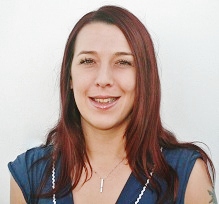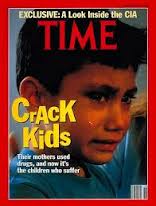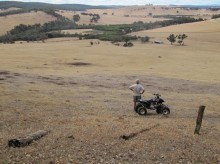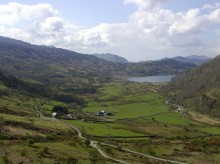Louise C. runs a successful family business in Scotland that employs 90 people.
But she very nearly lost all of this, and her life, due to chronic alcoholism. Louise thanks her family for getting her into treatment. She remembers the day her family dropped her off at Castle Craig: “It took three men to drop me at the door of Castle Craig.”
She admits that “the best thing to do with alcoholics is to gang up on them and give them no option but to try treatment and face up to their addiction.” Once that is done, “you’re half-way there.”













